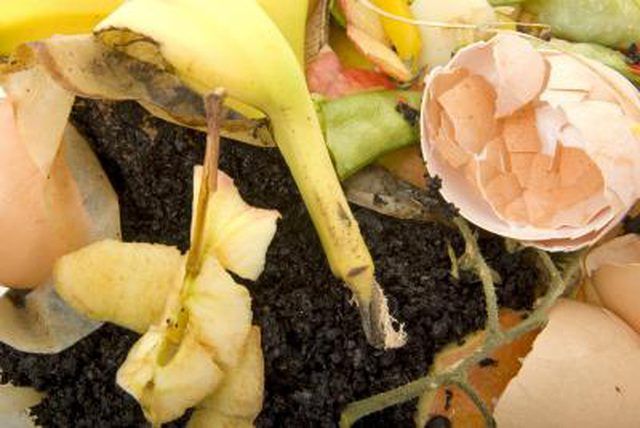Bulbs
Flower Basics
Flower Beds & Specialty Gardens
Flower Garden
Garden Furniture
Garden Gnomes
Garden Seeds
Garden Sheds
Garden Statues
Garden Tools & Supplies
Gardening Basics
Green & Organic
Groundcovers & Vines
Growing Annuals
Growing Basil
Growing Beans
Growing Berries
Growing Blueberries
Growing Cactus
Growing Corn
Growing Cotton
Growing Edibles
Growing Flowers
Growing Garlic
Growing Grapes
Growing Grass
Growing Herbs
Growing Jasmine
Growing Mint
Growing Mushrooms
Orchids
Growing Peanuts
Growing Perennials
Growing Plants
Growing Rosemary
Growing Roses
Growing Strawberries
Growing Sunflowers
Growing Thyme
Growing Tomatoes
Growing Tulips
Growing Vegetables
Herb Basics
Herb Garden
Indoor Growing
Landscaping Basics
Landscaping Patios
Landscaping Plants
Landscaping Shrubs
Landscaping Trees
Landscaping Walks & Pathways
Lawn Basics
Lawn Maintenance
Lawn Mowers
Lawn Ornaments
Lawn Planting
Lawn Tools
Outdoor Growing
Overall Landscape Planning
Pests, Weeds & Problems
Plant Basics
Rock Garden
Rose Garden
Shrubs
Soil
Specialty Gardens
Trees
Vegetable Garden
Yard Maintenance
How to Use Coffee Grounds in the Garden
How to Use Coffee Grounds in the Garden. The next time you finish your morning coffee, think twice before you dump out the coffee grounds. Gardens can benefit from grounds, but not necessarily in the ways you may expect. Coffee grounds don't supply abundant nitrogen, and they won't do much to lower soil pH. But they will improve your garden soil,...

The next time you finish your morning coffee, think twice before you dump out the coffee grounds. Gardens can benefit from grounds, but not necessarily in the ways you may expect. Coffee grounds don't supply abundant nitrogen, and they won't do much to lower soil pH. But they will improve your garden soil, fuel your compost pile and help out in other ways.
Amending Garden Soil
Coffee grounds have long been touted to lower soil pH, but most of the acid goes straight from beans to brew. Laboratory analyses reveal coffee grounds generally are only slightly acidic. Some demonstrate neutral or slightly alkaline pH. Those levels, paired with grounds' 98 percent organic matter, benefit more than acid-loving plants. Incorporated at rates of 10 to 20 percent of soil volume, coffee grounds improve soil structure immediately and over time. Soil and Plant Laboratory, Inc. advises that mineral soils -- low in organic matter -- benefit from grounds at rates of 25 to 35 percent, incorporated to depths up to 8 inches.
Boosting Plant Nutrition
Coffee grounds are 2 percent nitrogen, but plants can't use that nitrogen until it breaks down. As the coffee grounds decompose, their nitrogen serves as a low-level, yet beneficial, slow-release fertilizer. Coffee grounds also provide healthy doses of primary plant nutrients phosphorus and potassium, the secondary nutrient magnesium and the micronutrient copper -- all essential for plant growth. Potassium, magnesium and portions of copper are in forms plants can use right away. Grounds also contain calcium, manganese, zinc and iron, but those nutrient levels are too low to affect plant growth.
Fueling Compost Piles
Depending on your brew, the carbon to nitrogen ratio of coffee grounds may range from 24:1 on down, but that's within the span helpful to soil, plants and compost piles. Oils and beneficial substances stay in grounds as they break down to optimal carbon to nitrogen ratios over time. Added to compost piles at rates of 20 to 25 percent, coffee grounds help raise and sustain high temperatures needed to kill pathogens and weeds. Higher levels of grounds may suppress beneficial microorganisms, so don't overdo it. Balance the coffee grounds with greens, such as grass clippings, and dry leaves or similar carbon matter.
Balancing Mulch Components
Because coffee grounds have a fine texture, their use as mulch works best paired with coarser organic mulches. Coffee grounds alone can dry and compact and keep moisture out instead of in. Left on top of soil and not incorporated, grounds become similar to when sun-baked soil crusts over. Complement a thin, 1/2-inch layer of coffee grounds with a layer of coarsely textured organic materials. Mulched leaves, compost or bark mulches work with grounds to form a beneficial, permeable mulch layer. If you find yourself short on coffee grounds, ask your coffeehouse if it gives them away -- many do.